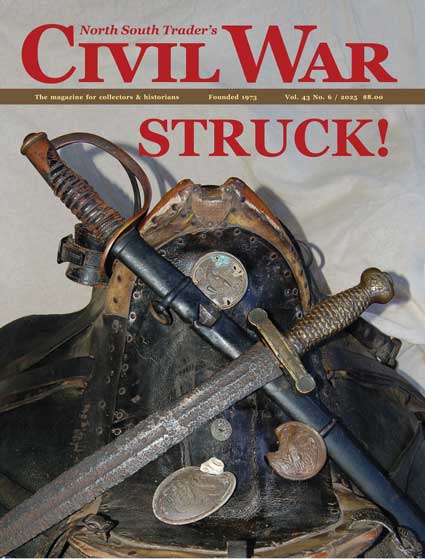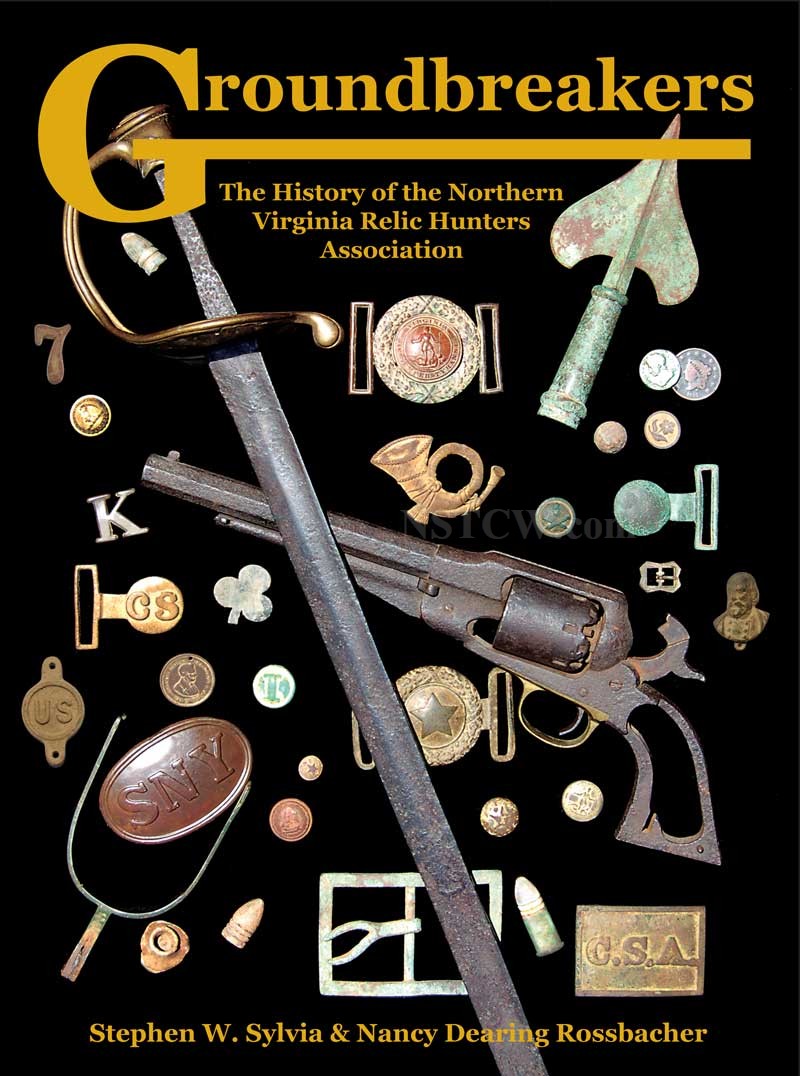|
From The Trenches Issue: 35-3 |
|
Mary Smith Here
It's been said that there are two kinds of people in the world: Those who feel relieved when they see a cop and those who start looking for the nearest escape route.
The same can be applied to people's reactions to the press. There are two kinds of people: Those who love to talk to reporters and those who would rather be shot head first out of a cannon.
The publisher is in the former camp and I in the latter. That's why he's our designated spokesperson here. That, and although I can talk a blue streak in normal circumstances, when unexpectedly interviewed I can sound as though I have the brain synapses of an addled hamster.
Plus, I've had a couple of bad experiences with misquotations. Little things like the reporter leaving out words such as “not” and “never,” which can alter the meaning of a sentence in ways both humorous and horrifying.
As a result, I can be a trifle press shy. Ironic, when you think about it, because 1. in a sense, we are press, 2. I've been a cable TV news anchor, and 3. I'm a newspaper fanatic. A day that doesn't kick off with newsprint and caffeine simply isn't worth getting out of bed for.
So here's what recently happened.
A caption in the Liljenquist article in the latest issue noted that the photo of a young boy, a “beloved son Carl,” may be that of Carlos Rogers of the 185th New York. That resulted from me seeing the image and then combing through all the military records of every Carl, Carlos, or Karl who died around the same time and in the same place as the note accompanying the image states.
Carlos Rogers was the only potential match I found, North or South, and I put the tentative ID in the caption. That was the tiny little acorn that grew into an overarching oak tree.
Several weeks after the issue came out, I got a phone call. “Washington Post for you, line one.” In the article that followed, it's stated that I “came forward” with the ID, which is a more succinct and less embarrassing way to put it than the more truthful “hid cowering under her desk when told a reporter was on the phone.” I didn't exactly “come forward”; the intrepid reporter tracked me down through the caption information added to the image's description at the National Archives.
Reporter Mike Ruane turned out to be personable and a history major to boot. We chatted for a bit, and I sent him some research notes about the hunt for “beloved Carl” and Carlos Rogers. I tried to underscore the fact that the ID was tentative. Such IDs are often tentative unless the individual is standing in front of you saying, “Yes, that's me,” which would have the simultaneous benefit of proving life after death.
A week or two passed and I thought no more of it. Then I got a Sunday morning phone call from longtime relic hunter Joe Tessandori. “Congratulations!” said Joe. “For what?” said I. “You're in the Post.” After church, at which I quite selfishly prayed that I didn't come off as a blithering idiot in the piece, I hied to the 7-Eleven for a copy.
The first thing that struck me was that Mike did a commendable job of melding solid writing with a reverence for Civil War history not always seen in today's newsprint.
The second thing that struck me was that my rather unwieldy name is eminently Googleable, for when I checked my e-mail the inbox was jammed with people wanting to know if I could find their long-elusive ancestor, John Smith from London. “Is it too late,” I shouted to the publisher, “to change my name to Mary Jones?”
What followed that was a real eye-opener in terms of not believing everything you read. Let me preface this by saying that I remain convinced that most reporters are honest to the bone and got into the field due to a genuine love for disseminating information. If over the age of 50, they were probably influenced by the strong and stealthy reporting that brought down a presidential administration. If under, well, let's face it, the male reporters portrayed on TV shows have a rumpled charm and the female reporters are in snappy blazers and have legs up to their neck.
So today's reporters may have gotten into the field because of Watergate or the potential of meeting a leggy foreign correspondent or for the sheer love of ink married to honesty. It's a safe bet no one—or at least almost no one—got into it hoping to twist the truth or misrepresent the facts.
I was surprised when the “beloved Carl” story went national and my Google Alert system began to ping when my last name—which I really must change to Jones—popped up in newspapers and blogs from Florida to Boston. What was more suprising was how the content of the story had shifted.
Several were rehashes, recast to make them read as though the reporters had talked to me. At this writing, none have except for Mike Ruane—who, I'll add, was not credited for his work in those pieces.
Then one overzealous headline writer came up with a cocksure “Researcher verifies ID.” Did not.
Then a media blogger excitedly reported that Carlos Rogers was from Germania, “a town somewhere in Europe.” Carlos Rogers was a native son of New York.
I could go on. At core, it was a reminder not to take as gospel every single line you read in print—not even in NSTCW, for sometimes a fact-check will fail.
That, and I'm changing my name.
— Ed.
|
| Past From The Trenches click an issue number to view |
| 43-6 |
| 43-5 |
| 43-4 |
| 43-3 |
| 43-2 |
| 42-3 |
| 42-3 |
| 42-3 |
| 42-3 |
| 42-3 |
| 41-6 |
| 41-5 |
| 41-1 |
| 40-5 |
| 40-4 |
| 40-3 |
| 40-1 |
| 39-6 |
| 39-5 |
| 39-4 |
| 39-3 |
| 39-2 |
| 39-1 |
| 38-3 |
| 38-2 |
| 38-1 |
| 37-6 |
| 37-5 |
| 37-4 |
| 37-3 |
| 37-2 |
| 37-1 |
| 36-9 |
| 36-6 |
| 36-5 |
| 36-4 |
| 36-3 |
| 36-2 |
| 36-1 |
| 35-6 |
| 35-5 |
| 35-4 |
| 35-2 |
| 35-1 |

